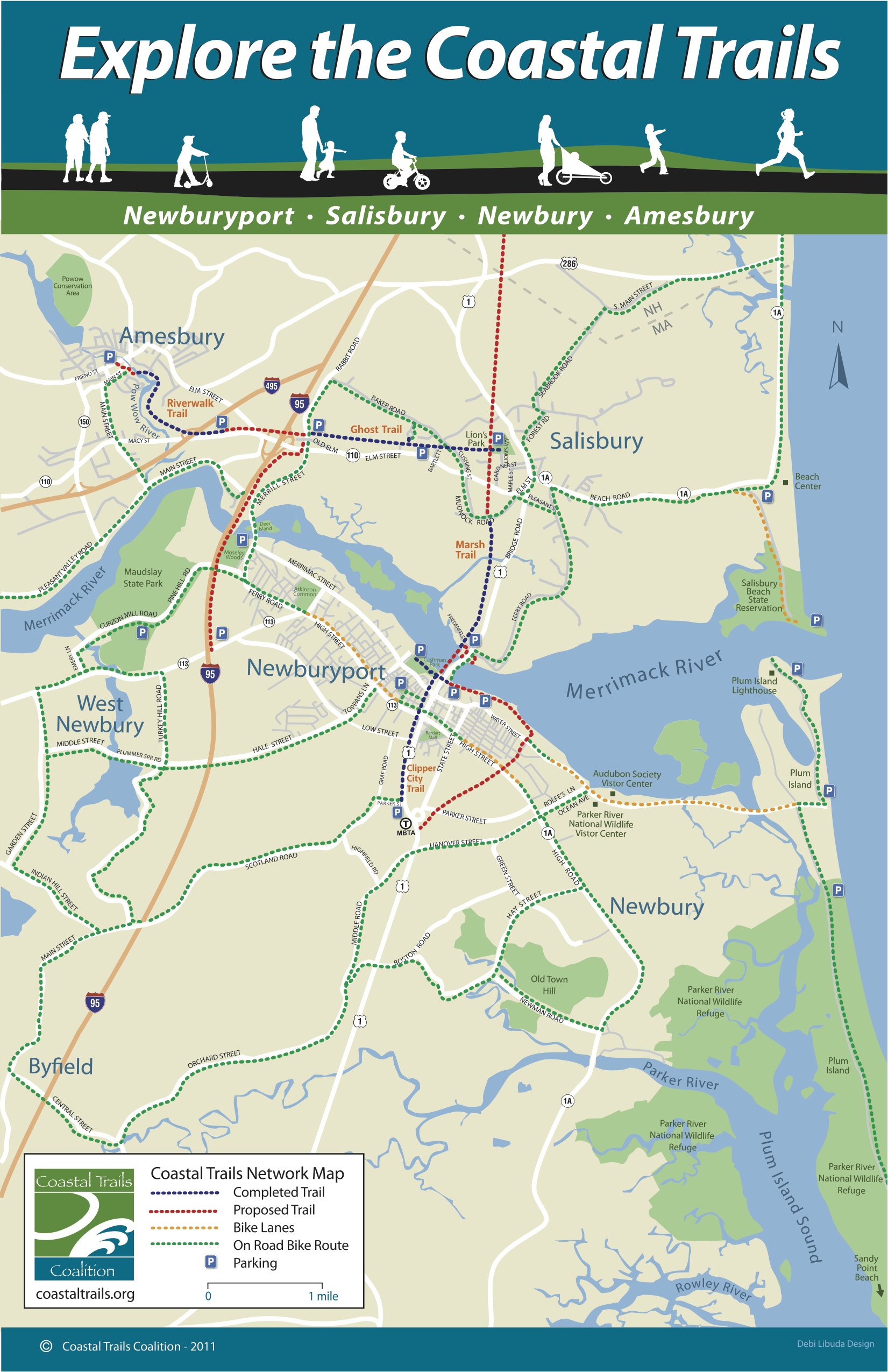F-Line to Dudley
Senior Member
- Joined
- Nov 2, 2010
- Messages
- 9,551
- Reaction score
- 10,418
"Derelict stairs"... thats fuckin awesome and prompted some googling... Is this brick ruin the remains of the old station?
Chatham St.: those are the stairs to East Lynn station. Pretty certain it was just platform access and shelter only, as that that adjacent brick structure appears to be a property wall around a backyard and not a former building foundation. Old Historic Aerials topos don't show any building there so it was probably always just a backyard that eventually got ringed with brick because there was no street access that close to the viaduct to plunk another triple-decker. Also inconceivable that the Eastern RR would've built a station structure on such a huge adjoining parcel when E. Lynn was such a minor spacer stop; Swampscott Depot much more fit the mold for vintage ERR construction outside of the biggest dead-center downtown stops of Lynn + Salem.
Do note the 2 empty track berths on the bridge abutments removed during the last deck replacement. This structure too is Blue Line-ready if they want to start thinking second-wave extension north to Swampscott and Salem, only needing a replacement outer pair of decks slapped down to quad back up (like Eastern Ave. is on the next bridge north to Swampscott).
Here on Commercial St. are the stairs for West Lynn station, with the extra concrete cliff by the 4-deck overpass marking where the old northbound platform was. As you can see there's no real way to finagle trail access here despite proximity a mere 500 ft. away from the old junction with the Saugus Branch. You'd have to raze Igor's Auto Body to create any sort of ramp grading that would pass accessibility muster. The Eastern went cheap and steep when it did its mass grade separation of the Lynn-Swampscott street grid.
W. Lynn could very well host a Blue Line station someday as an intermediate between River Works/Lynnport and Central Square (the only two candidates thus far officially spitballed for BLX on that side of the river). Commercial's the straightest shot to Market Square to the north and commercial redev of the emptiest/ripest slab of waterfront to the south...plus the auto chop shops surrounding the station site make for a good TOD cleanrooming canvas. And if you use average Eastie-Revere BL station spacing as a measuring stick, the 1.6 mile station spacing between RW and CS in a pretty dense part of the city ends up awfully off-scale vs. the rest of the line and starts begging for another spacer (esp. with 2 and 4 different bus routes respectively at each end of the block). Riverworks-W. Lynn and W. Lynn-Central Square would slot at roughly Beachmont-Revere Beach equivalent for station spacing...still at the longer end of average for the current BL. Food for thought. . .
Last edited:



